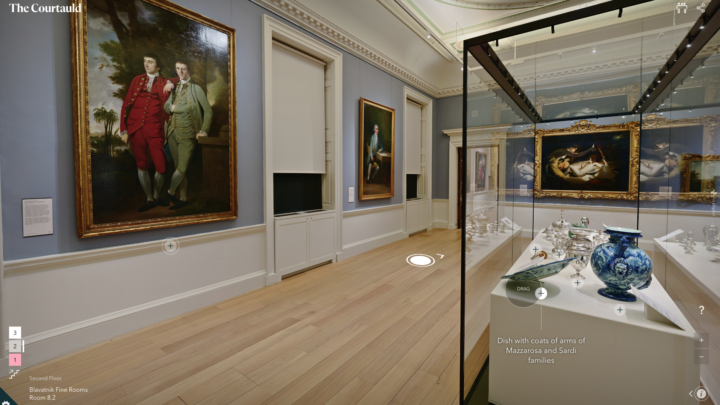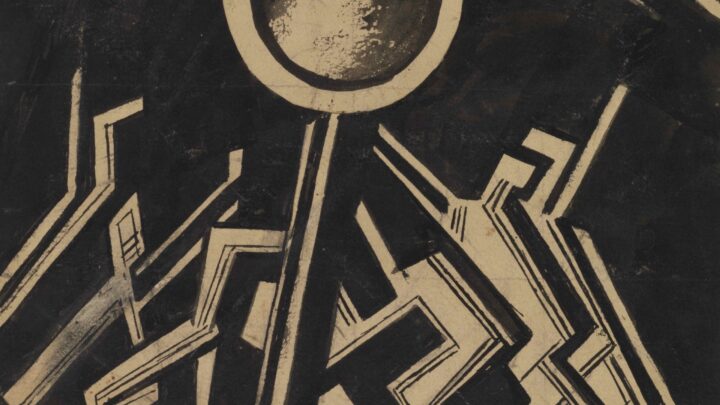
Untitled
Wassily Kandinsky
Over the first year of his exile in Moscow during the First World War, Kandinsky focused entirely on drawing as he moved from the last vestiges of figuration toward pure abstraction.
This drawing balances gestural vigour and control. The composition spirals clockwise from the upper right corner of the sheet, sweeping sprays of eyelash-like parallel hatching into a whirling dance. The musical quality of the line is common to much of Kandinsky’s contemporary work. Although it appears swiftly drawn, the three different applications of ink, which had to dry individually, reveal that he planned and executed the drawing with care. Kandinsky considered his work the visual expression of a spiritual state. This drawing bristles with a dark energy, reflecting the anxieties he must have experienced at the time.
See more collection highlights
Explore The Courtauld’s remarkable collection of paintings, prints and drawings, sculpture and decorative arts.










